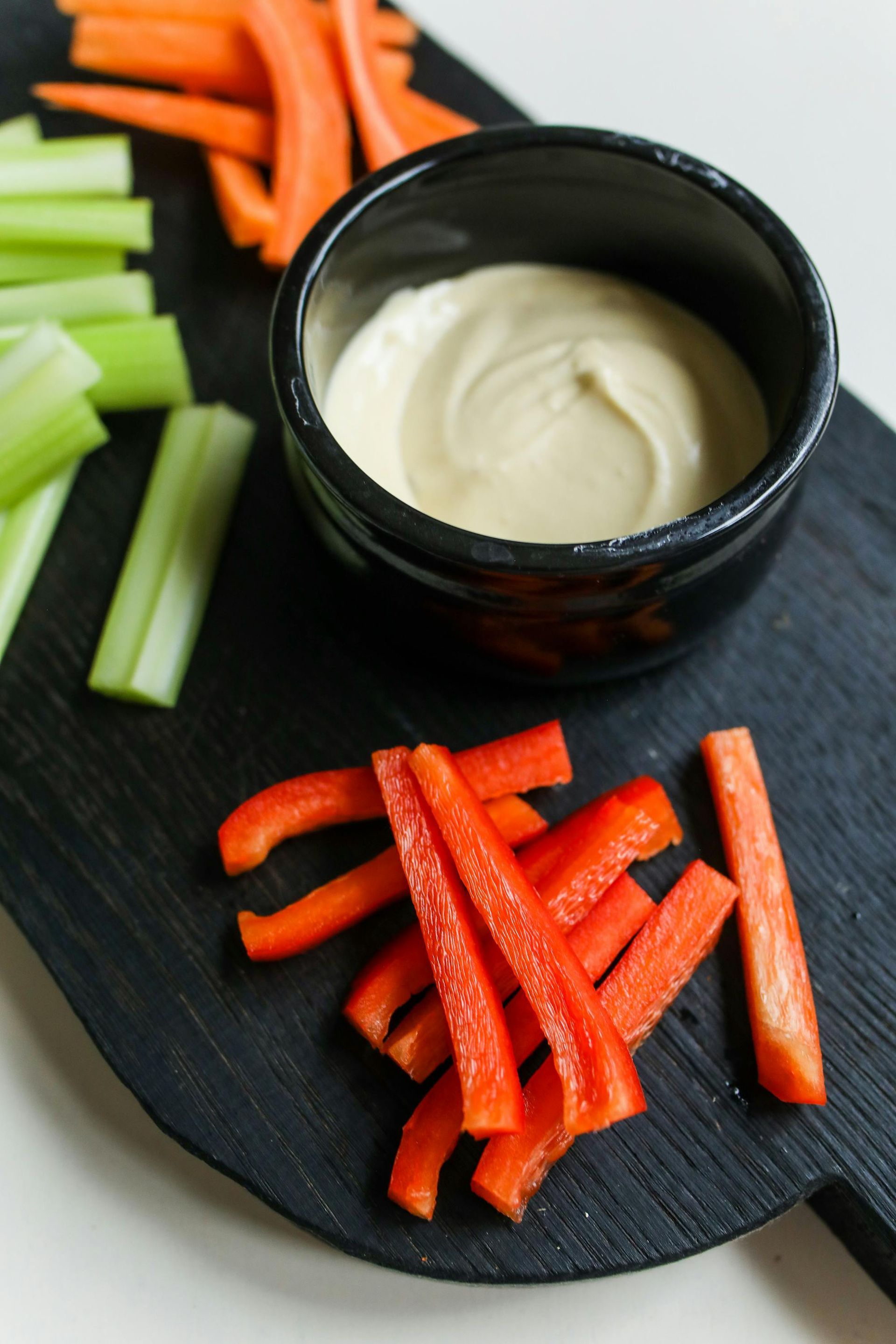Fibre: the most or least exciting nutrient!
By Mairead Rodgers, RD PHEc
Fibre.
This is something we all need in our diets.
Why is it the least exciting nutrient? Because when I say “fibre”, you say “bran”, “prunes” and usually “poop”.
Why is it the most exciting nutrient? Because it really does do so many things in our body besides make us have regular bowel movements. And if you’re someone whose bowels are not happy without adequate fibre, getting enough can really make all the difference in how you feel.
Here’s why we need fibre:
1. Bowel health: Did you know that getting enough fibre may decrease your risk of colon cancer? It ca also help avoid hemorrhoids and other bowel issues, keeping everything happy and healthy.
2. Bowel regularity: Insoluble fibre, found in vegetables, nuts, whole wheat flour, and wheat bran, keeps things moving through your system smoothly and regularly. Soluble fibre, found in oats, apples, peas and psyllium, find your bowel movements together to keep you comfortable.
3. Heart health: That soluble fibre can play a role in lowering your total cholesterol by specifically lowering your bad cholesterol. Again, not fancy, but super important.
Men need 38 grams of fibre per day, while women need 25 grams.
How do we get more in each day? Work on getting enough servings of fruits and veggies each day. Try incorporating more whole grains into your meals, and choosing whole wheat and whole grain products whenever possible. Add beans, chickpeas, and lentils to bulk up meals. Add wheat bran to your baking or ground flax to your morning cereal.
Want to know more about how to get enough fibre, or make sure the rest of your diet is in good shape? Email maireadrodgers@



